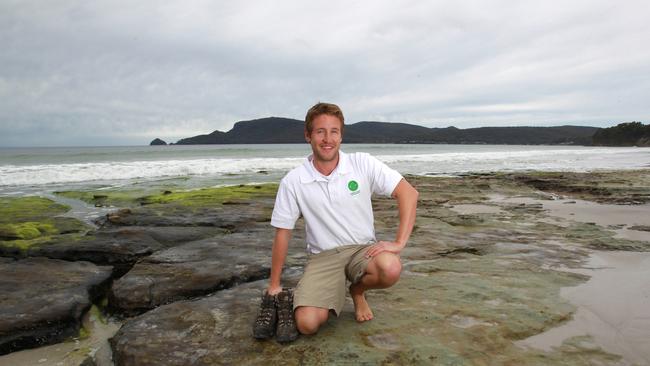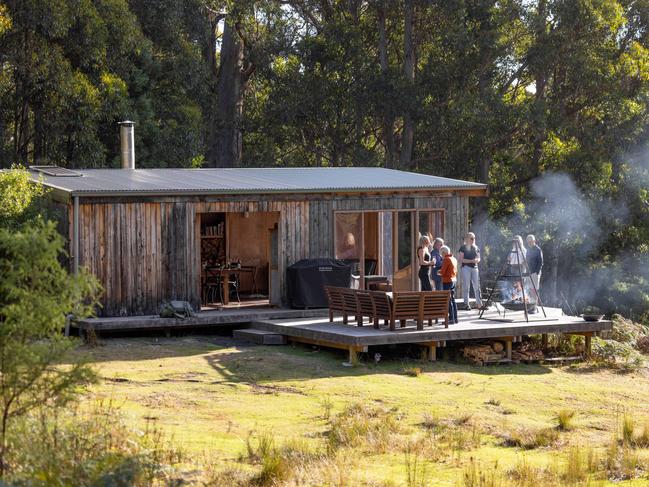Bruny Island expedition searching for the holy grail of seeds in upcoming rare plant quest
‘We’re like a Noah’s ark for plants.’ An upcoming mission to Bruny Island hopes to find the seeds of an incredibly rare and precious Tasmanian plant before it disappears for good.

Tasmania
Don't miss out on the headlines from Tasmania. Followed categories will be added to My News.
It’s not easy to find – in fact the shy eyebright has a habit of popping up its soft purple flowers for just a few years before it simply disappears.
Only growing in tiny clusters at three Tasmanian locations, even finding the herb is a quest in itself.
But for James Wood, the pursuit is an essential mission to protect it from vanishing altogether.
At the turn of the New Year, the Tasmanian seed bank coordinator is determined to collect euphrasia fragosa seeds.
He has teamed up with the Tasmanian Walking Company for an expedition to South Bruny, in the hopes of locating the eyebright – particularly within the tiny two-week window in which it seeds.
“It’s a species that I’ve been wanting to collect for probably over a decade now,” Mr Wood said.
“Hopefully we’ll be able to find it and hopefully it will be going to seed.
“Even if it’s not in seed, if we can actually find the plant in flower, that will still be a success because it then means we can waypoint those plants and maybe return in a month’s time.”
If Mr Wood and the walkers that join him do find their holy grail, they’ll then carefully collect the seeds before they are carried away by the wind.

“It’s a little bit like a pepper pot. The capsule splits at the top,” he said.
“Euphrasia seeds are amazingly sculptured. They have a beautiful seed, they’re usually tiny and white, and if you look under a microscope at them, they have these long white wings, ridges, on their surface, so they are very easily dispersed by the wind.”
Mr Wood said the Tasmanian Seed Conservation Centre, which is based at the Royal Tasmanian Botanical Gardens, has now collected about 64 per cent of seeds from Tasmania’s rare and threatened species in what he described as a type of “Noah’s ark”.
“One of the problems with conservation work is sometimes action is only taken once a species becomes very rare and the genetic base of the species is very narrow,” Mr Wood said.
“If we can catch that genetic diversity, we can restore it back into the population, decades later on.
“We’re kind of like a Noah’s ark for plants, putting seeds in and holding them in storage, and if that genetic diversity is needed back out to restore wild populations, we can do that.”
During the upcoming Bruny Island trip, which departs on January 8, Mr Wood will teach walkers how to observe the plants along the Labillardiere Track – and how to map and document them.

Rob Knight, who founded the luxury Bruny Island Long Weekend experience, said the three days featured a variety of walks and activities, including the seed collection.
“The idea is to educate people that come to be citizen scientists, and be able to identify these things when they’re out and about themselves,” he said.
For more information on the Bruny trip, visit www.taswalkingco.com.au




